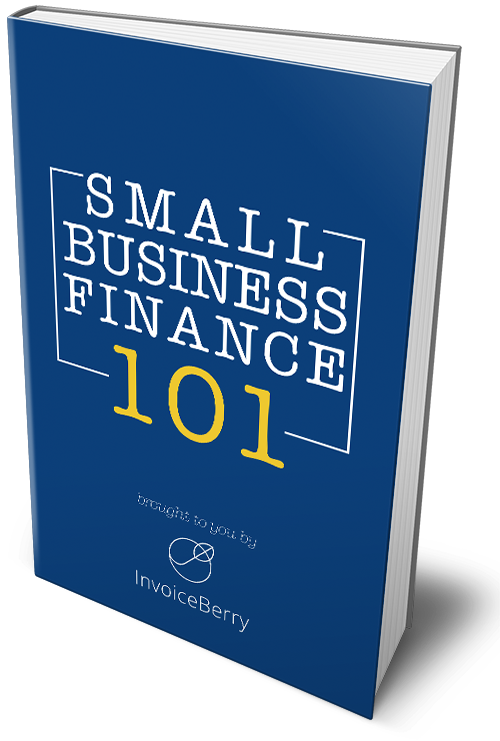Everything You Need to Know about Your Balance Sheet
Written by Bernard on January 02, 2017
The balance sheet is one of the three most important finance documents every business needs to be familiar with. The other two are the profit & loss statement (or income statement) and cash flow sheet.
We’ve already mentioned these three before in tandem here and here. However, they are so important that they require full exploration in order for readers to really get a grip with their uses and necessities.
Try our online invoicing software for free

Accept online payments with ease
Keep track of who's paid you
Start sending invoices
Today we’ll look at the balance sheet which, as the name suggests, should always be balanced. The balance sheet presents a snapshot of the company’s finances at any point in time. The balance sheet reflects how much the company owns and how much it owes to creditors.
Most businesses do the balance sheet regularly at the end of the year or quarter. However, there’s no real strict period when it has to be done—the only thing is that is has to be done at some point.
As you can see by looking at the Balance Sheet from our free ebook Small Business Finance 101, there are three parts to a balance sheet:
- assets
- liabilities
- owner’s equity

Let’s look at each of them in turn to see how they work.
Assets
The assets on a balance sheet are essentially the valuable things that a business owns.
These assets can be divided further into two sections:
- current assets
- fixed assets
Current assets are things such as cash or other liquid assets that can be converted into cash within a year’s time frame.
For example, if you have a cleaning business with cash in the bank, investments, and supplies, those are all current assets. You can also include accounts receivables (unpaid invoices) as a current asset. These are listed on the balance sheet in order of liquidity, the most liquid (cash) at the top.
Your fixed assets, or long-term assets, are things that have value to the business but cannot be converted into cash in a time frame of a year or less. This includes things such as manufacturing equipment, land, buildings, furniture and vehicles.
Liabilities
Liabilities represent the financial obligations that the business has. These are the amounts owed to creditors and others as of the date of the balance sheet. These liabilities can also be broken down into two sections:
- short-term (current) liabilities
- long-term liabilities
Short-term liabilities are obligations that are payable within a year. These earn a particularly high amount of attention, as the business must assure it has sufficient liquidity to cover these when they are due. To continue with the cleaning business, your current liabilities may include:
- short-term loans (that need to be paid within a year)
- bank account overdrafts
- accounts payable (money you owe to supplies, such as invoices that you haven’t paid yet)
- interest and taxes payable
- and other short-term expenses
Long-term liabilities, on the other hand, are generally in reference to a business’s loans and other financial obligations that are not due within a year of the balance sheet date.
For example, let’s say you have a long-term loan or mortgage with a principle balance of $50,000 and 120 monthly payments remaining. In the next 12 months (from the balance sheet date), you have $3,000 of principal payments due.
To report the $50,000 debt on the balance sheet:
- $47,000 should be listed as long-term liability (to be paid in more than a year)
- $3,000 should be listed as current liability (to be paid within a year)
Owner’s equity
Lastly, there is owner’s equity. Depending on the size of the business, this can also be known as stockholders’ equity (owner’s equity is when the company is a sole proprietorship).
It is the last leg of the balance sheet equation, and can be considered as the book value (net asset value) of the company. This is because of the basic balance sheet equation:
Assets = Liabilities + Owner’s Equity
can be converted into:
Owner’s Equity = Assets – Liabilities
Stockholders’ equity can include things such as common stock, preferred stock, retained earnings and others. Therefore, the owner’s equity represents the book value of the company.
However, it’s important to remember that book value is not the fair market value of the company. For example, the book value of a $1,000 computer bought three years ago may be $500 now, although its market value may just be $250.
This can also work the other way; properties bought at $100,000 may have a book value of $70,000, but actually have a current fair market value of $300,000.
How Small Businesses Use a Balance Sheet
Most importantly, a balance sheet is used for understanding the financial situation of a company at any given point.
This helps business owners determine the future direction of the company based on what the snapshot of the company’s finances states. It can also help determine if the working capital is enough or if more capital is required.
Businesses also need the balance sheet in order to be approved for a bank loan. More specifically, the bank looks at all the financial statements (including cash flow and profit & loss) when considering whether to give a loan to a small business.
Therefore, the balance sheet is a very important document that every small business should generate on a regular basis.
Small Business Finance 101
Download our free guide to learn the fundamentals of finance that will help make your small business more efficient and successful.
